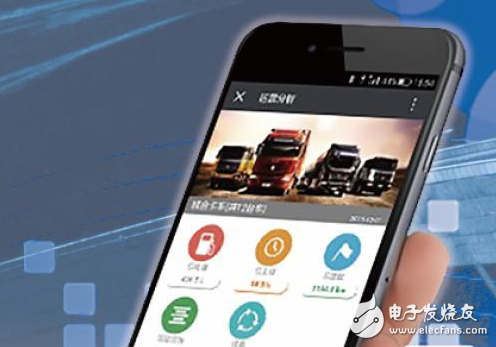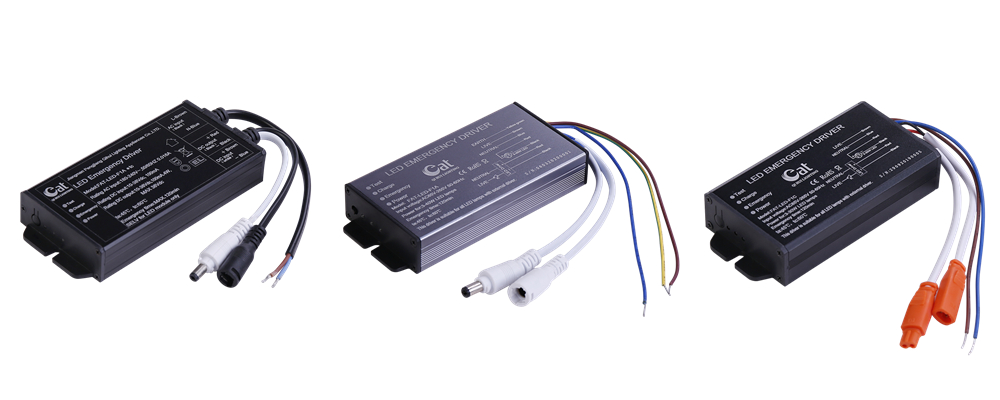Recently, some insiders and reporters discussed how "Internet +" will perform in this year. In 2016, the car network system running by truck companies will have a new wave of functional extension.
At the business conference held by truck companies at the end of last year and early this year, the trend of extending the Internet of Vehicles function has begun to take shape. It is understood that at the 2016 business conference of truck companies, the theme of "car networking" has once again been highlighted. Therefore, industry insiders expect the truck network to be pushed to an unprecedented height this year.

From car to fingertips from car to car
In the early stage of the development of truck networking, the main form was to load supporting systems on the vehicles, collect relevant information, transmit them to the central processor through Internet technology, and finally analyze and effectively use the collected big data.
Since the development of the Internet of Vehicles, its operating terminals have not only been limited to the development of in-vehicle terminals, such as the “Smart Pass†of Heavy Duty Truck, the “Tian Xing Jian†of Shaanxi Auto, the “ifoton†of Foton Daimler, and the “Icopter of Union Truckâ€. "Jitong", SAIC Iveco Hongyan's "Jie Shida", etc., began to expand to WeChat, mobile APP, or use Internet technology to create O2O service platform, genuine accessories e-commerce platform. The latest trend is to extend the concept of the Internet to the concept of making cars. The most typical examples in the industry are Shaanxi Automobile's “wheel rolling†platform, China National Heavy Duty Truck “Smart Heavy Duty Truck†APP, and the concept of Internet super truck proposed by Foton Daimler earlier this year.
Fang Zhu, secretary-general of the China Vehicle Network Industry Technology Innovation Strategy Alliance, said that the Internet of Vehicles technology has been merging with time and space changes, which are all in the broad sense of the Internet of Vehicles application. It can be considered that one of the purposes of the Internet of Vehicles application is to enhance the user's all-round car experience from driving behavior to transportation management. Since the nature of the truck itself is production data, in a more detailed way, the ultimate application of the Internet of Vehicles on the truck is how to better realize the value of truck users in the distribution, fuel economy, maintenance and other aspects. The current application of the truck industry to the Internet of Vehicles technology is moving in this direction, and the latest development is to expand Internet technology into the field of truck intelligent manufacturing.
Subverting the behavior of vehicles to improve transportation efficiency
“The most annoying things for truck users include buying fake parts, finding empty supplies, and not paying for maintenance. China National Heavy Duty Truck is trying to find ways to effectively avoid these problems.†As early as six months ago, China National Heavy Duty Truck Co. The tube has disclosed this to reporters. Based on this, at the 2016 China National Heavy Duty Truck Business Conference, Sinotruk officially announced the launch of the “Smart Heavy Duty Truck†APP, which is expected to be actively developed in the industry.
Similar to the "Smart Heavy Duty Truck" APP, Shaanxi Automobile's "wheel rolling" O2O platform, their similarities, is to extend the service of the Internet of Vehicles to intelligent distribution and provide active after-sales service through the Internet platform. "Based on the popularity of these functions among truck users, some of the truck users' habits of car use may change in the future. Online operation will greatly improve transportation efficiency and reduce logistics costs." A senior person in the industry analyzed this to reporters.
On the other hand, Foton Motor introduced the concept of the Internet in the field of manufacturing. For example, at the business conference earlier this year, Foton launched an Internet super truck designed to reduce fuel consumption and increase logistics costs. It is said that the concept not only upgrades the driving and car networking system, but also implements technology upgrades in the field of fleet management and cargo matching systems, and applies interactive functions such as assisted driving, intelligent interconnection, and information inquiry to truly implement vehicle intelligent management and operational status monitoring. Solve problems such as vehicle empty load, realize interactive, communicable, connectable, and monitorable, and finally achieve 70% improvement in freight efficiency.
A new wave of Internet-based waves is coming in. In this wave, the traditional production mode and marketing model of the truck industry will be subverted.
Charcoal truck in the snow meets the car network
“The application of the Internet of Vehicles in the passenger car is a icing on the cake, not only solves the travel problem, but also solves the problems of safety, convenience, efficiency, etc. The application of the Internet of Vehicles on commercial vehicles belongs to the snow, because the commercial vehicles are production materials, logistics. One link of the chain. The use of the Internet of Vehicles is more reflected in the management and distribution of commercial vehicles," Fang Zhu said. Based on the practice of the previous car network use by production enterprises and logistics customers, more and more truck users feel the intelligence and convenience of car networking applications.
According to Fang Zhu, the commercial vehicle itself is an effective transportation tool. The most basic application of the vehicle network is to manage the vehicle trajectory, and to supervise the vehicle without chaos, chaos and parking, and to regulate the management. In addition, improving the efficiency of distribution and improving the matching of goods and vehicles is another manifestation of the current application of the Internet of Vehicles in commercial vehicles. This is mainly reflected in the trunk transportation, which can effectively alleviate the problem of empty driving of trucks and improve the efficiency of vehicle use. It is worth mentioning that the application of the Internet of Vehicles improves the fuel detection of commercial vehicles - the use of the Internet of Vehicles can analyze the behavior of the driver and supervise the behavior of stealing oil. "In short, from the management point of view, the application of car networking in commercial vehicles is very promising." Fang Zhu analyzed, "But the application of car networking in the distribution field has bottlenecks, this is not a technical issue, it involves integrity issues. â€
Today, the application of car networking in commercial vehicles has expanded from production to sales to use. “In the past, the mainframe factory was selling more cars, and now we must pay attention to selling services.†Fang Zhu said.
LED emergency power supply is a driver that can be used as backup power supply for LED lights . The Aluminum Shell Emergency Driver can be applied to all different types of LED lights in the wide range of AC85-265V . Aluminium housing can make the Emergency Conversion Kit faster heat dissipation , small density and light weight , with a strong corrosion resistance . Choose high quality rechargeable lithium ion battery to extend the service life .

Aluminum Shell Emergency Driver
Emergency Light Kit,Led Emergency Inverter,Led Emergency Backup Driver,Led Light With Emergency Backup
Jiangmen City Pengjiang District Qihui Lighting Electrical Appliances Co., Ltd , https://www.qihuilights.com